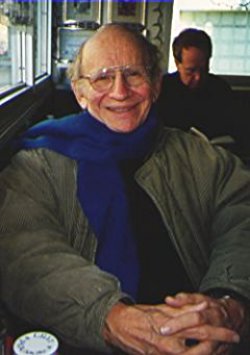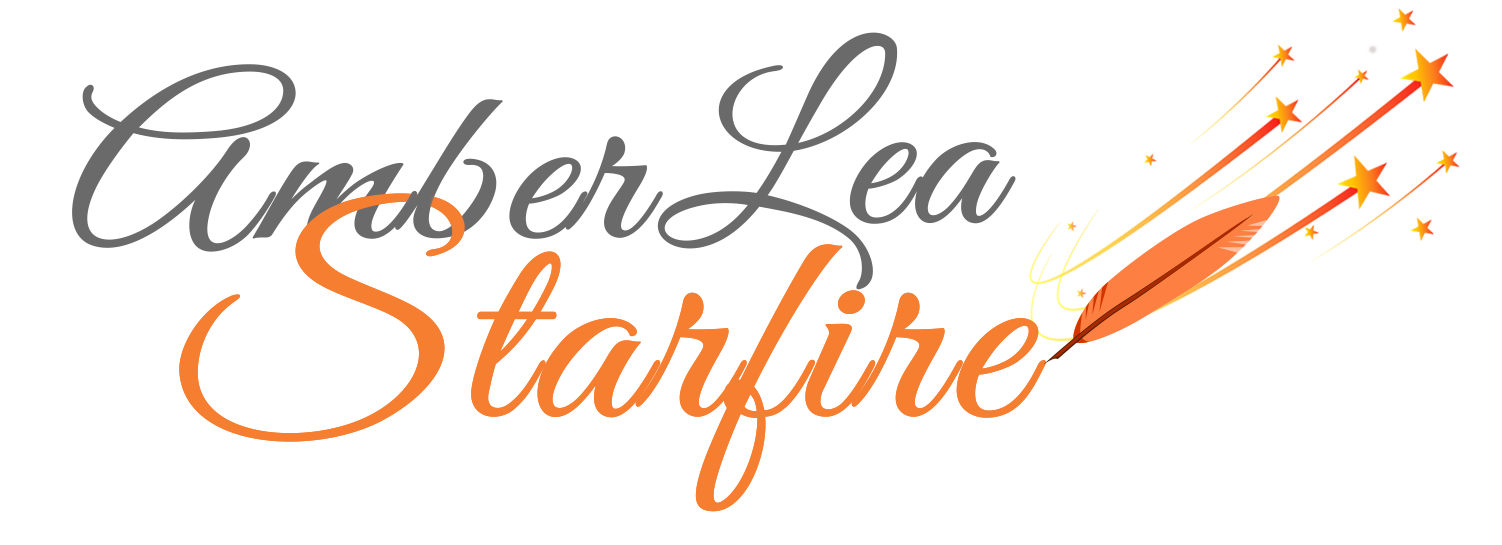AS PART OF MY NEW SERIES on the Writing Life, I’m happy to offer an interview with Dan Bessie, author of My Mother, the Notebook Lady, a new work of creative nonfiction.
I met Dan virtually when he emailed me to ask if I would read his manuscript with an eye to endorsing it. I did, and found his story both profound and intriguing. Here’s an excerpt from what I wrote:
In My Mother the Notebook Lady, Dan Bessie artfully threads together two compelling narratives into a poignant and moving story. The Notebook Lady is both a memoir of a young boy struggling to survive in the hostile environment of an all-boys boarding school and an intimate portrait of a loving mother climbing her way out of deep depression in order to be reunited with her sons. Tender, compassionate, and deeply moving, My Mother the Notebook Lady reminds us that the motivating force of love truly can overcome the darkness of emotional trauma, and bring healing and light to the future.
Watch the Interview
(Or, if you prefer to read, scroll down to an edited version of the interview below)
Interview
AS: Dan, welcome to Writing Through Life. I’d like to begin with some questions about your writing process. When did you decide to write your mother’s story? What was your personal inciting incident?
DB: I began preliminary work on the manuscript in about 2010. In 2000, my family memoir, Rare Birds had been published by the University Press of Kentucky. A capsule history of my mother, Mary Burnett, was included as one of the chapters. Several other members of the family I had written about in that book had been celebrated individuals. (For example, my mother’s eldest brother, Leo, founded one of America’s top ad agencies, The Leo Burnett Agency, which promoted everything from Kellogg’s products to Marlboro cigarettes, to Allstate Insurance.) When I discovered among effects my mother left after her death a series of about 20 diaries and notebooks, plus other writing—and, though she herself had never achieved any kind of national fame—I felt that because of what she had gone through during a nearly suicidal depression in the early 1940s (as revealed in her writing, and of which I was largely unaware), and what she DID ultimately accomplish, that I needed to write about this. I felt that such a book would not only celebrate who my mother was as a person, but possibly aid others going through analogous circumstances.
AS: While much of My Mother, the Notebook Lady was drawn from your mother’s journals, it is also a memoir of your experiences as a young boy during that same period of time. What resources did you use to bring the memories and details of that time into focus?
DB: The chapters in which the central focus is primarily on myself and my brother are primarily drawn from my memory. A good deal of the interaction between myself, my brother and our mother was almost exactly as it happened. Where I had forgotten many details of what went on at a private boys’ school we were placed in over the course of a year, I occasionally veered from actual fact—although the sense of what went on, and my brother’s and my feelings from that period are as they were.
AS: I’m curious about how you used your mother’s journals to write your story. Can you describe the process for us?
DB: The process was not simple. I wrote several partial and a couple complete drafts that didn’t really satisfy me, my wife (my best critic), or others I had asked to read those efforts. Ultimately, I felt that as much of the story as possible should be told BY my mother, and since she wrote so much about what she’d gone through—and since her main goals during that period were twofold: to retrieve my brother and myself from the private school we’d been sent to, and to fulfill a long-sought desire— “to find some way to be of use in life,” these became the thrust of the plot. By including chapters about what my brother and I had been going through while our mother was hospitalized and then in continuing recovery from the depression she’d sunk into, I tried to achieve a balance, so that the story would not come across as a “downer,” but would picture a woman striving to achieve specific goals.
AS: Do you also journal?
DB: No, I never have. Though I’ve never written journals or kept a diary (except for occasional notes jotted down while traveling, to remind myself where I’d been) I’ve often used my imagination to create and then write ideas for stories. And over the years, several of these have come out of my own life experience, or have been drawn from the experience of others in my family (as, for instance, in the case of the family memoir, Rare Birds, an American Family).
[bctt tweet=”Write what you love to write. Write what you know. Read like mad. — Dan Bessie” username=”writingthrulife”]
AS: I enjoyed reading your story, which I have hesitated to call a memoir, since so much of it is written from your mother’s point of view. You have called it a work of creative nonfiction. Can you tell us how and why you chose to structure your story the way you did?
DB: Pretty much as explained above, where I discuss the process. Initially, I had tried to write it as a novel, fictionalizing the names of all the characters. While I felt it was semi-successful as a novel, I began to feel (as did a couple of early readers) that adhering closely to the actual story and events would be a more satisfying approach for more readers. This presented one main obstacle—the question of how I should handle the events that went on while my brother and I were in the boys’ school. Though my brother and I both remembered the time, several events and individuals, and what each of us were going through emotionally during that time, a good deal had also been forgotten. So, because there have been an increasingly large number of books published in recent years that use real people, while also including aspects of fiction within them, this seemed to me a legitimate way in which to approach the subject matter.
(In regard to the above, I think of, for example, Blonde, by Joyce Carol Oates (which, frankly, I despise, because while Oates claims it’s a work of fiction, she sticks quite closely to Marilyn’s actual life in terms of facts, and does not, I feel, do this immensely talented but tragic woman justice. . . please pardon the mild personal rant)
AS: What would you say you have gained, as a writer, through the process of writing The Notebook Lady?
DB: In anything I write my main purpose is to try to say something about life. To create material that suggests, points to, or argues for, a better life direction for people in terms of whatever subject I’m writing about. Even when I try to write something more “commercial,” something to “entertain,” I seem unable to get my head around stuff that has no value beyond entertaining. For me, It has to have some kind of larger meaning. I suppose that what I’ve mainly learned is how to do this somewhat better. For me, life is a never ending process of growing and learning. So, in terms of writing, more thought given to syntax, to characterization, to writing in such a way that readers will think about the the experiences of the characters I write about, and, I hope, find a way to relate those experiences in some way to their own lives.
AS: I know that you’re now in the process of looking for an agent and publisher. Who is your intended audience?
DB: Anyone who has suffered from depression, who is currently suffering from it, or who has a friend or family member in the throes of depression—or is, in fact, in any kind of emotional crisis.
AS: What are your hopes for this book?
DB: That as many people as possible who may find it useful will read it. I have no magic number of copies I expect or even hope to be sold. If it does get published and does touch even a handful of those who it might help, that will be fine. If it does more than that and reaches tens of thousands, then WHOOPEE!
AS: Is there anything else you’d like to share that might interest readers of Writing Through Life?
DB: Oh, gosh . . . 1. Write what you love to write. 2. Write what you know. 3. Read like mad; read as many of the great writers of the past as you can, and figure out why they’ve grabbed you with their writing (or haven’t), and read at least a few of today’s writers—even two or three of those who have become rich and famous but whose writing is drivel (unfortunately there are quite a few).

 Dan Bessie has had a career in the film industry since 1956, when he began working on the Tom & Jerry cartoons at MGM. And then as animator on various TV series for children, including Spiderman and Marvel Superheros. From the early 70s on he wrote and directed educational films for schools and libraries, both live and animated, including two films with Ray Bolger — Scarecrow in The Wizard of Oz and and a live version of Peter and the Wolf, both featured on CBS. He wrote his first memoir, Rare Birds, an American Family in 2000. He is also author of Reeling Through Hollywood (a film career memoir) and has just completed his memoir, My Mother, the Notebook Lady. Since 2006, he has lived in southern France.
Dan Bessie has had a career in the film industry since 1956, when he began working on the Tom & Jerry cartoons at MGM. And then as animator on various TV series for children, including Spiderman and Marvel Superheros. From the early 70s on he wrote and directed educational films for schools and libraries, both live and animated, including two films with Ray Bolger — Scarecrow in The Wizard of Oz and and a live version of Peter and the Wolf, both featured on CBS. He wrote his first memoir, Rare Birds, an American Family in 2000. He is also author of Reeling Through Hollywood (a film career memoir) and has just completed his memoir, My Mother, the Notebook Lady. Since 2006, he has lived in southern France.
Visit Dan’s Amazon Author Page





What a fascinating interview rich with sincerity and practical advice on writing. His technique is unique and seems to have worked successfully in melding two scenarios/situations into one dynamic story. Thanks!
Thanks, Sara. Yes, his approach to structure is definitely unique — yet works. Which goes to show that we need to be willing to be creative and let our story teach us how to shape it.